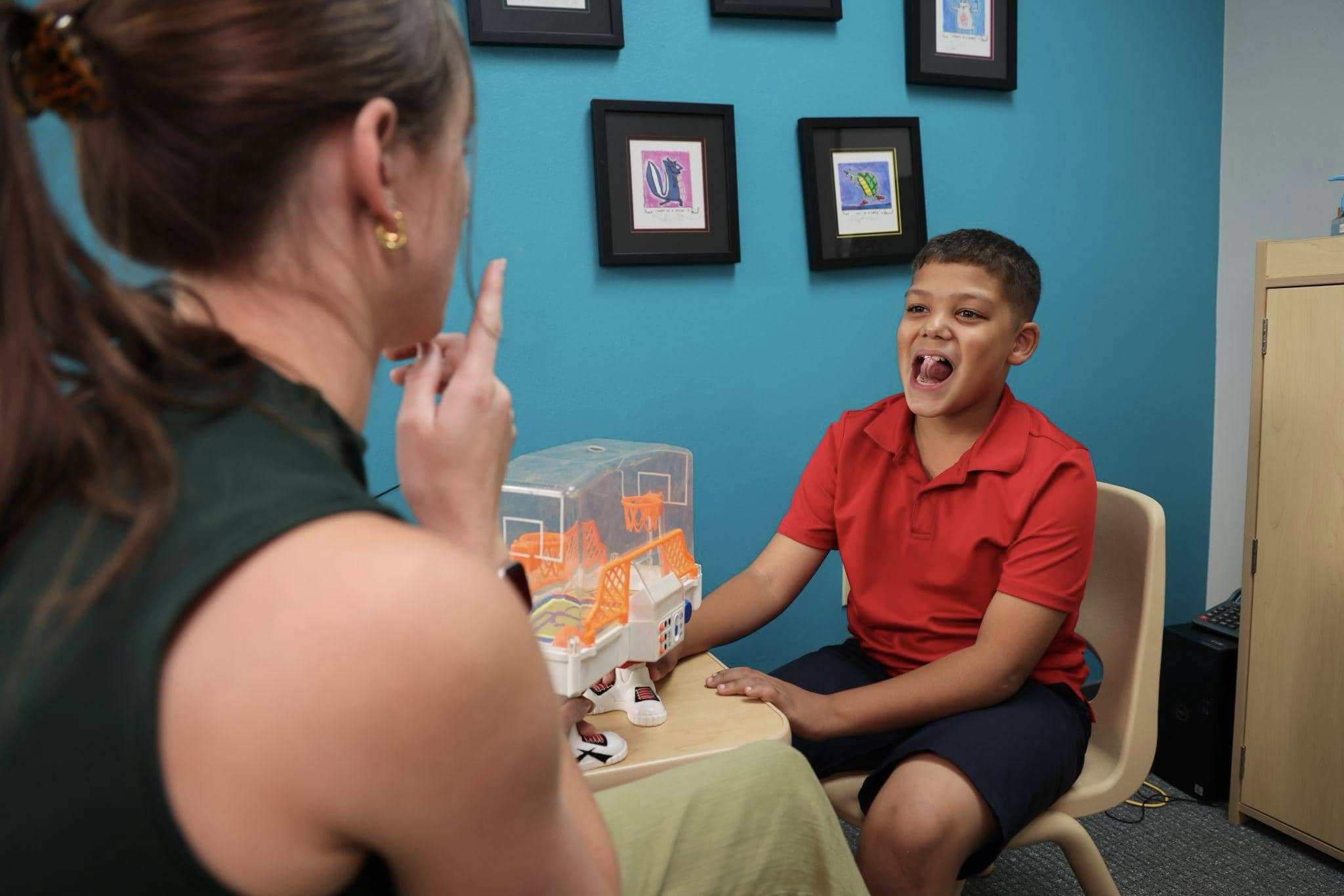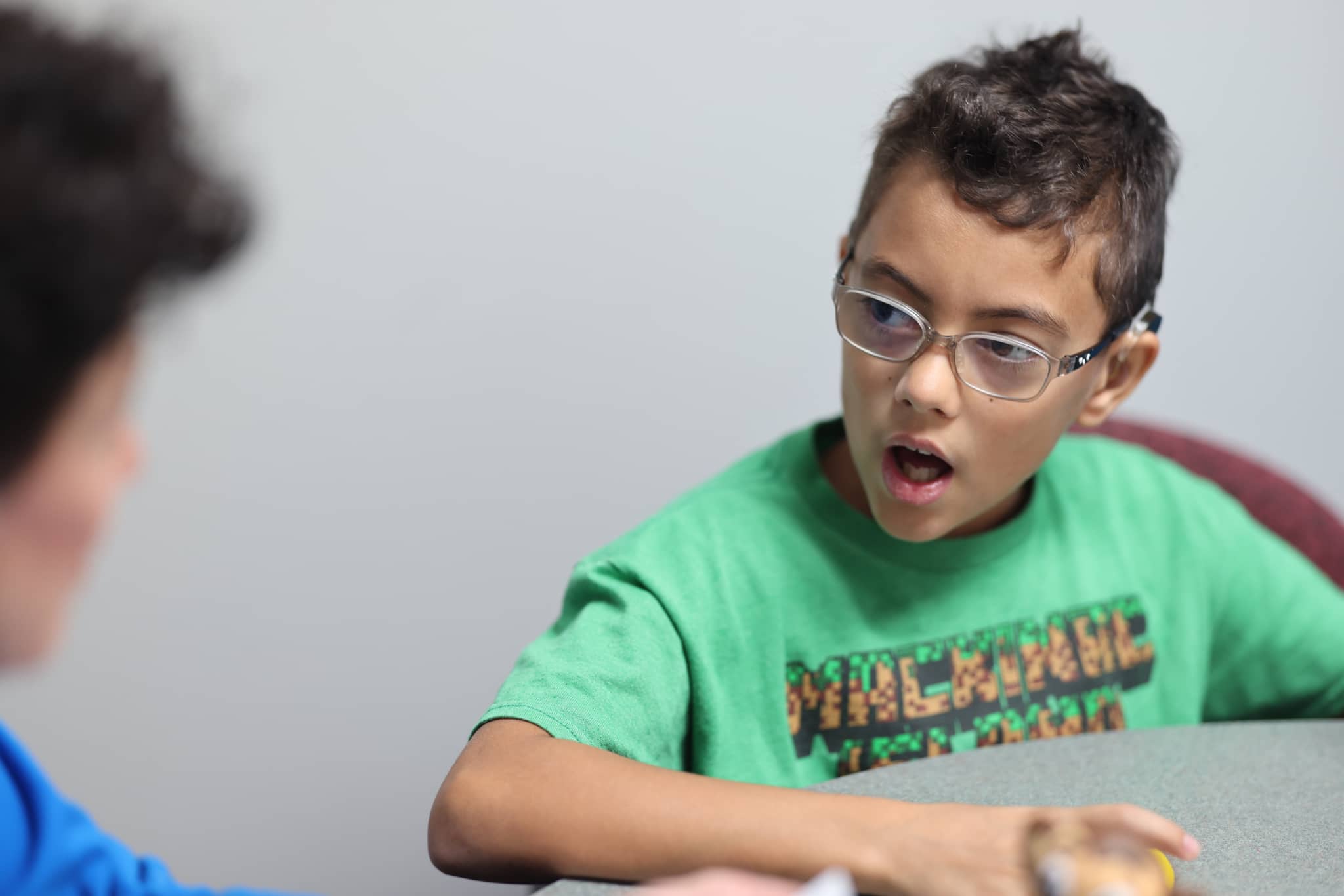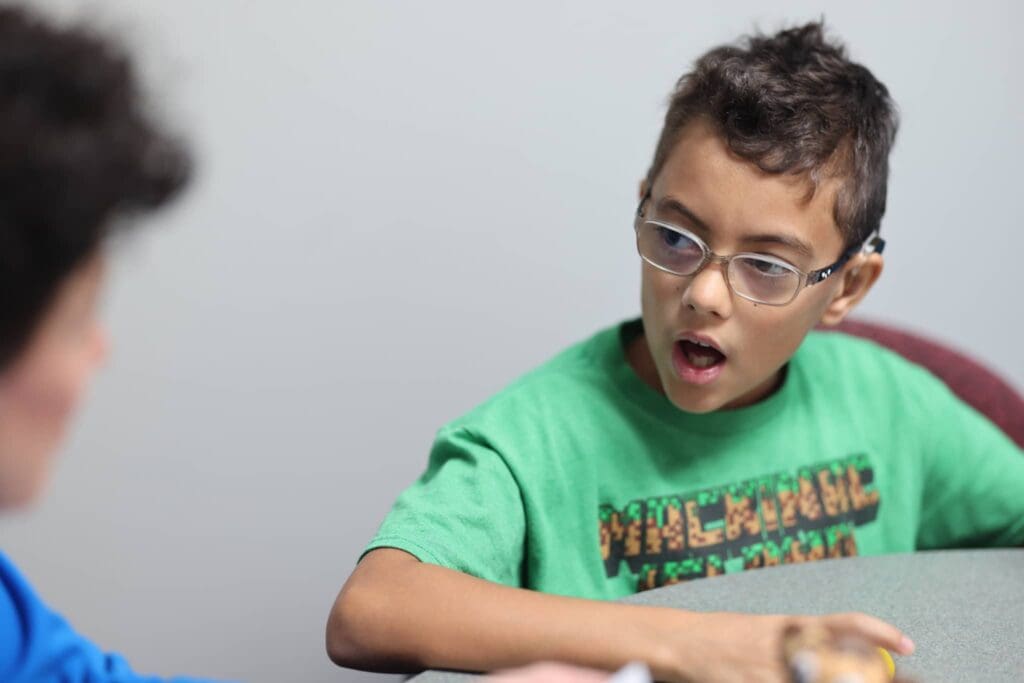
Orofacial myofunctional therapy (OMT) is an advanced therapeutic approach designed to address the functional interplay between the oral and facial muscles and their impact on various aspects of oral health and communication. Misalignments or dysfunctions in these muscles can lead to issues such as improper tongue posture, incorrect lip seal, and ineffective swallowing patterns, all of which can affect speech clarity, chewing efficiency, and overall oral health.
Our OMT services begin with a comprehensive evaluation to determine any myofunctional imbalances and their effects on your speech and oral functions. Based on this assessment, we develop a tailored therapy program that incorporates specialized exercises and techniques aimed at correcting these imbalances. These exercises may include activities to improve tongue posture, enhance lip strength, and promote proper swallowing mechanics.
By focusing on improving the coordination and function of the oral and facial muscles, our therapy helps address issues such as speech impediments, orthodontic problems, and difficulty with eating or swallowing. We use engaging and practical exercises that integrate seamlessly into daily routines, ensuring that therapy is both effective and manageable. Our goal is to help you achieve balanced oral function, improved speech clarity, and better overall oral health.

Myofunctional (tongue thrust) therapy targets Orofacial Myofunctional Disorders (OMDs), which disrupt the normal patterns of the mouth and tongue, leading to various issues such as abnormal breathing, sleep disorders, feeding and swallowing difficulties, speech delays, and orofacial pain. Signs of OMD include speech articulation difficulties, difficulty swallowing with the lips closed, disordered sleep (such as obstructive sleep apnea), and open-mouth posture and/or drooling.
OMDs can be caused by both physical differences in the structure of the mouth and facial muscles and behavior patterns over time, including prolonged use of pacifier or thumb sucking. These disorders affect the muscles and function of the mouth, often resulting in improper swallowing. Incorrect patterns can lead to muscle misalignment, causing problems like temporomandibular dysfunction (pain and dysfunction in the jaw joint and muscles controlling the jaw), teeth misalignment, headaches, and feeding difficulties.
Correct swallowing relies on the coordinated action of tongue and mouth muscles, and when performed correctly, the tongue presses against the roof of the mouth during swallowing. Myofunctional therapy aims to strengthen and retrain these muscles to improve resting posture, speech precision, breathing alignment, and swallowing function. At Bliss, we offer therapy for both children and adults exhibiting signs of OMD.
During your first visit, our SLP conducts a comprehensive evaluation, examining your medical history, oral structure, and muscle function. Based on this assessment, an individualized therapy plan is developed to address your or your child’s specific needs.

Our certified speech/language pathologists provide exercises to strengthen oral muscles and improve coordination for clearer speech and functional eating.
We provide comprehensive treatment for issues related to muscle function and alignment in the face and mouth, promoting optimal speech and oral health.
We offer individualized therapy to help children develop and refine their speech skills, addressing the unique challenges of apraxia.
Our trained speech/language pathologists target issues such as tongue thrust, incorrect swallowing patterns, and oral posture problems to provide appropriate intervention.

Cochlear implant rehabilitation helps individuals adapt to and maximize the benefits of cochlear implants prior to and following activation through therapy services.

Aural rehabilitation is a speech therapy service provided to both children and adults who have been diagnosed with hearing loss following hearing aid fitting or cochlear implant activation

Our speech/language pathologists specialize across a variety of speech and language needs for both the pediatric and adult populations.
